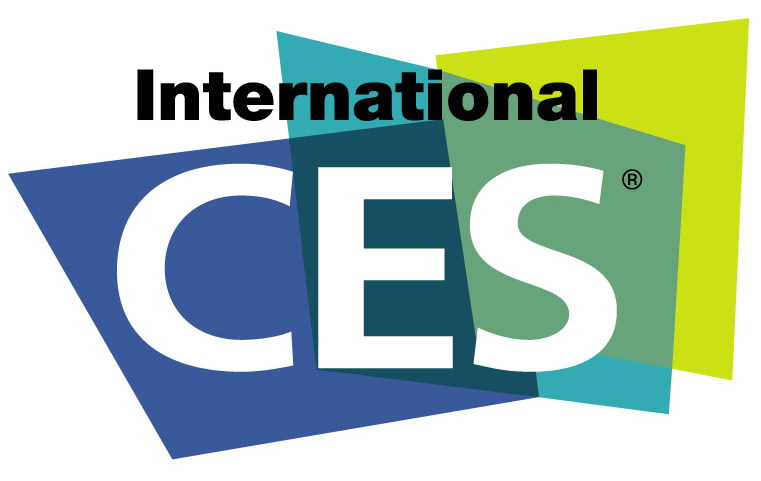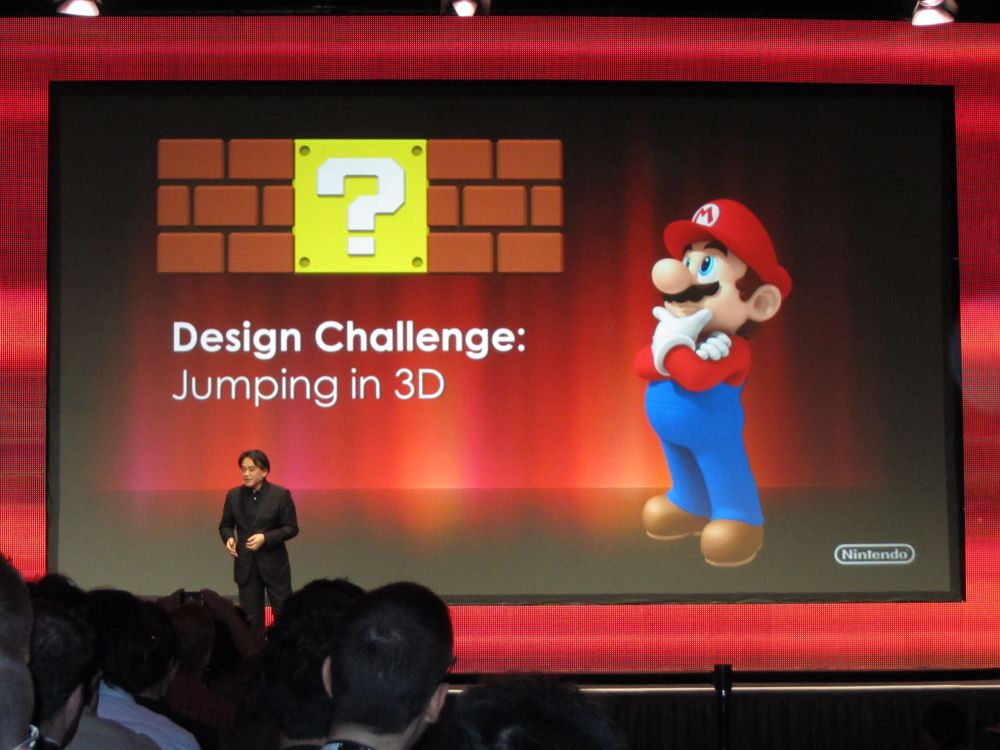
Featured Blog | This community-written post highlights the best of what the game industry has to offer. Read more like it on the Game Developer Blogs.
Media Versus Customer: Who To Believe?
Is there a difference between media and consumer opinion? Are 3D technology enablers painting themselves in the wrong corner? What are the ramifications? Find out!

As a proud stereoscopic 3D gamer and a technology advocate, I can’t help but wonder if our industry is moving according to the wrong pressures. While the technology gets better and better with sharper and brighter displays, the market leaders seem to be tying a hand behind their back as an answer to media pressures. Note that I say “media pressures” and not “consumer pressures”.
Let me begin by sharing a recent story. In December, I was interviewed by a top publication for a story to be printed in March of this year. The journalist needed information about all the available 3D solutions on the market, how they work, availability of 3D games – everything. We even had email exchanges about the HDMI connector spec for Sony PS3 and XBOX 360 as they relate to 3D.

During CES 2011, I was contacted again by the magazine – this time by their fact checking department. We again confirmed all the details in our earlier conversation for their upcoming March issue. After reading what they put out on newsstands, I was shocked.
Even though the article gave a brief summary and rating of the different 3D platforms, it had several problems. First, they gave no credit to their sources which made it seem as though they had hands-on expertise that they clearly didn’t. Second, in all my conversations with the magazine, I never once mentioned “migraines”, “few dozen adopters”, or “stupid glasses”. These are embellishments that they came up with on their own.
There is a large and growing community of gamers who love 3D technology, and I will be the first to tell you that others don’t. As much as 10% of people can’t even see in 3D. I’m all for freedom of the press, and if the magazine wanted to express a negative opinion about 3D, they had every right to do just that. Unfortunately, by not crediting their sources and separating fact from editorial opinion, they presented false expertise and mislead their readers. It was the equivalent of doing movie reviews without actually seeing the movie!
I reached out to their editorial staff weeks ago to discuss this matter further, but only received dead air. It saddened me because I am highly doubtful that my experience was unique.
In my opinion, this is just a catalyst for a much bigger problem. Top 3D manufacturers and technology enablers are walking on eggshells, holding their punches back with 3D effectiveness, and chasing technology that is far from viable because of fabricated media pressures.
One trend is auto-stereoscopic 3D HDTV displays. Until there is a major breakthrough, modern glasses-free displays require a 50% drop in resolution and/or sitting in a very fixed position to view the image in 3D. This technology is very applicable for mobile devices like tablets, PDAs, and smart phones. Unfortunately, auto-stereoscopic 3D is completely impractical for 3D HDTVs – at least for the foreseeable future. Bowing to media pressures, almost all the top manufacturers had auto-stereoscopic 3D prototypes on display at CES 2011. Nothing they plan to actually release – just prototypes.
Glasses-based technology doesn’t have these limitations of resolution or viewing angle. They are also far more inexpensive and attainable for consumers. We also know that glasses have been successfully adopted in 3D movie theaters, and the most recent U-Decide Initiative demonstrates that gamers are content to wear 3D glasses for video games and 3D movies in the home.
U-Decide 2011: 434 Stereoscopic 3D Gamer Respondents
There is a dominant media opinion that out of screen effects are somehow tacky or headache inducing, and there is nothing further from the truth. According to experienced stereoscopic 3D gamers, most want combined depth and out of screen experiences in most video game categories.

Despicable Me's Minions
There could be some truth to this for 3D movies as well. My favorite movie so far is Despicable Me (yes, even better than the modestly 3D rendered Avatar!). Those Minions are so darned cute, and between the tape measures and ladders swinging in front of me, the film was a lot of fun and thoroughly enjoyable.
It’s unfortunate that while game developers are implementing 3D support, they are hesitant to include out of screen effects to appease their pundits, or worse, limit the 3D depth to pancake levels. This undermines their games’ 3D effectiveness and potential sales. Developers need to keep their options open and rattle some cages! Have fun with the 3D effects. As long as there are settings to control the level of 3D intensity, and amount of out of screen effects where appropriate, there is no cause for concern.
Perhaps most troubling is Nintendo. On one hand, the Nintendo 3DS is an awesome gaming system that was well received by press and consumers alike. They’ve already sold hundreds of thousands of units, and they clearly have a winning product on their hands. Instead of riding on this success, Nintendo has declared that their next living room console will likely not support stereoscopic 3D gaming – and I think this is short sighted.
Nintendo GDC 2011 Keynote (Satoru Iwata, President of Nintendo)
The Nintendo 3DS is a viral marketing opportunity for 3D gaming. If the 3D gaming content is enticing enough, gamers will try it, like it, and be motivated to buy other 3D products for the home market: 3D HDTVs, displays, notebooks, and 3D compliant consoles.
Everyone knows that mid to high level HDTVs are gradually including stereoscopic 3D functionality as a default feature. Sony and Xbox are taking advantage of this market either through internal or third party support. Nintendo? Not so much.
Nintendo’s stance is that they are holding off 3D support until there are auto-stereoscopic 3D HDTVs in the market, and I think this is a critical error for several reasons.
For eventual owners of 3D HDTVs, this will undermine Nintendo’s console attractiveness compared to their Sony and Xbox counterparts. Whether or not the HDTV is auto-stereoscopic should have no bearing on Nintendo’s display compatibility or potential market share.
Second, it forces Nintendo game developers behind the learning curve compared to those supporting PS3 and Xbox systems. Imagine how unprepared Nintendo will be when competing consoles have an entire 3D gaming ecosystem for the living room, and Nintendo’s hardware is waiting for fantasy 3D televisions?
I completely appreciate Nintendo’s media-friendly “anti-glasses” stance, but public relations, marketing, and product development shouldn’t always go hand in hand. In addition to being very inexpensive, the big selling point of the Wii was a new form of immersion that goes beyond graphics quality. By embracing anti-3D glasses media pressures, they may have inadvertently painted themselves in a disadvantaged corner in one of their core markets. Nintendo should instead be taking advantage of the 3DS' momentum and grab hold of the 3D console market - not shy away from it.
I will conclude by saying that technology enablers need to differentiate the media and the consumer. They are completely different groups, and in an effort to stand out or draw article traffic, some influential writers are not above adding their own embellishments to be active deterrents of 3D technology. For this reason, game developers and technology enablers need to protect and grow their market positions by focusing on the customer and future customer above all else.
About the Author(s)
You May Also Like









